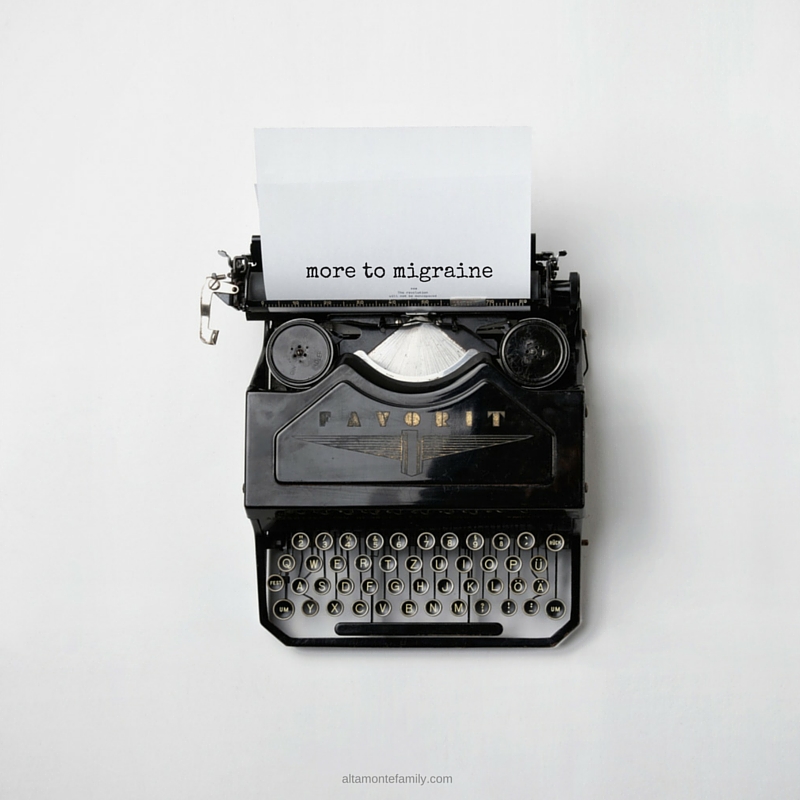I created this post as part of a campaign by Teva Pharmaceuticals.
I received an American Express gift card for participating.
Happy Hump Day! Are you looking forward to the weekend already? Our spontaneous trip to the beach this past weekend was so awesome, we’re still thinking about it (it even inspired us to create and share a fun T-shirt design)! It was really a time of much needed rest and relaxation. Last week was pretty hectic and we could already feel the stress building up. We were able to take a break, and by God’s grace, I was able to enjoy a migraine-free weekend. Yay! Otherwise, we would have probably missed this awesome sight just before watching a spectacular Florida sunset…


You may have already read our previous post about my migraine problem along with some glaring statistics. It’s pretty crazy that I’m among the nearly 36 million Americans who suffer from migraine!
Did you know that sometimes, the headache that comes with the migraine is only part of the problem? There’s so much more to it: in addition to head pain, there’s a whole lot of other yucky stuff which are enough to put people like me out of commission for hours or sometimes days.

Besides the terrible head pain, migraine can also include nausea, vomiting, and sensitivity to light and sound. It’s pretty debilitating. I’ve been there. Oftentimes, it’s an awful headache by itself. On other occasions, I get the full-on combo of headache + nausea + light and sound sensitivity. If you’re reading this, you’ve probably experienced one or more of these symptoms, too (or you know somebody who has been suffering from them). We thought it might be a good time to share a few tips that we’ve found to be helpful in better managing an unexpected migraine:
Tip #1: Keep a migraine diary
Starting a log or migraine diary to record daily activities can help you identify patterns in what preceded a migraine attack.
If you like to use planners or journals, consider incorporating migraine-related information by using a different-colored pen and/or marking the page with a sticker, label, or tab.
Tip #2: Keep track of migraine triggers
Make note of what potentially triggers your migraine. Then, see if avoiding these things may lessen the frequency and/or sensitivity of your migraine. Don’t forget to make a note of those changes, too.
I keep a running list of these potential triggers (including what I ate) and keep it close to me when planning out the week (or month). Stress and lack of sleep are among the common triggers of migraine. Then, there’s bright lights, weather changes, and hormonal changes (in women). Have you been able to identify some of your migraine triggers?
Tip #3: Create a migraine kit
Create a migraine kit so you’re always prepared when migraine strikes. Include your go-to essentials in addition to your doctor-prescribed treatment.
For example, eye masks can help with blocking bright lights so you can get more sleep. Sunglasses can also help with light sensitivity. Ear plugs can help with noise reduction. If needed, throw in a plastic bag for vomiting, just in case. Since we love to travel, I also made a travel migraine kit (I made a pouch like the one in this leather pouch tutorial).
To learn more about migraines, visit MoreToMigraine.com
Here’s to having another migraine-free day or weekend! Don’t forget to enjoy and treasure these beautiful moments!
~ JD

We’re Social! If you liked today’s post, feel free to share, bookmark, or pin it! Follow us on Pinterest, Facebook, and Instagram for more updates on our latest projects and adventures.